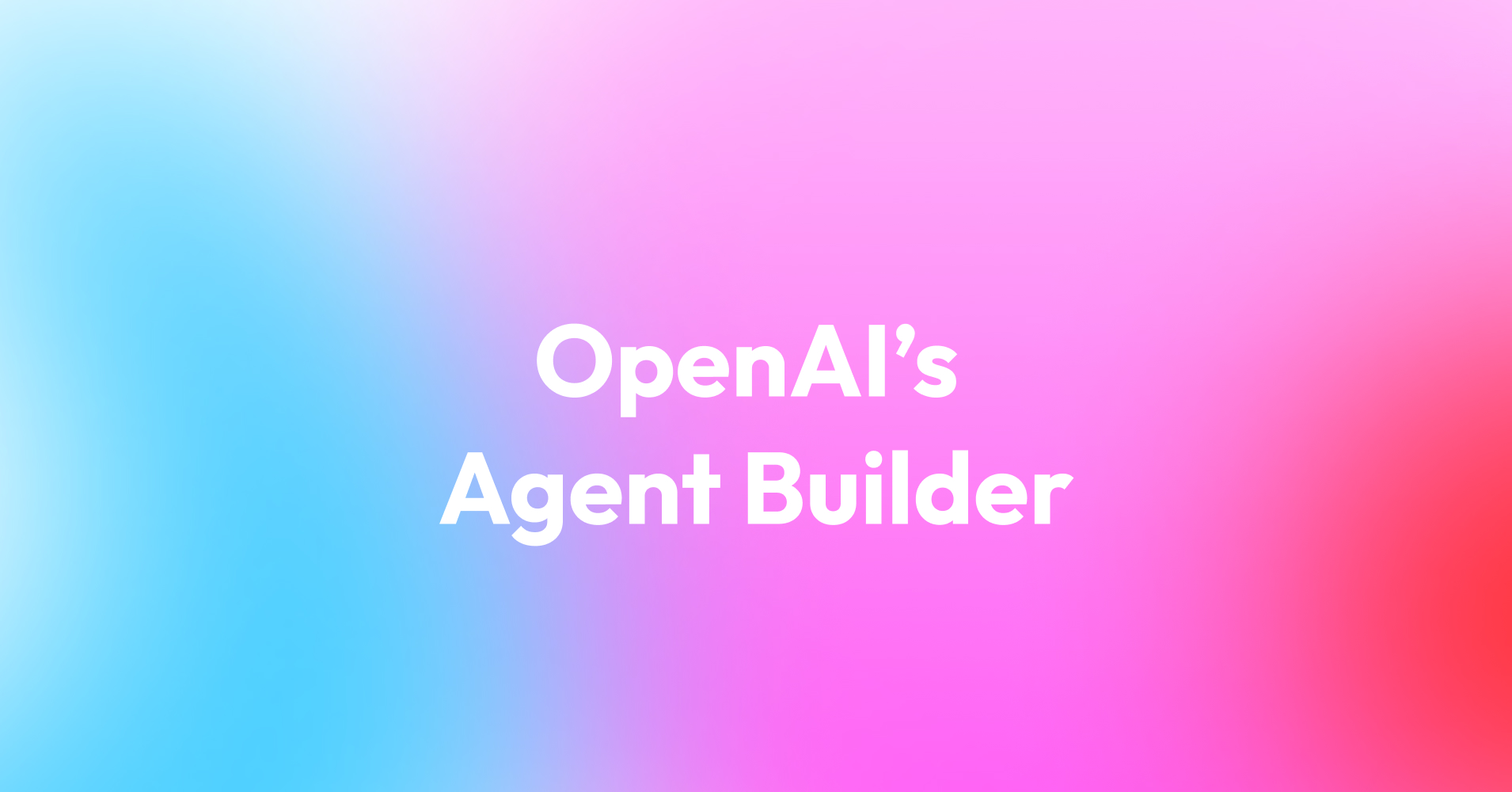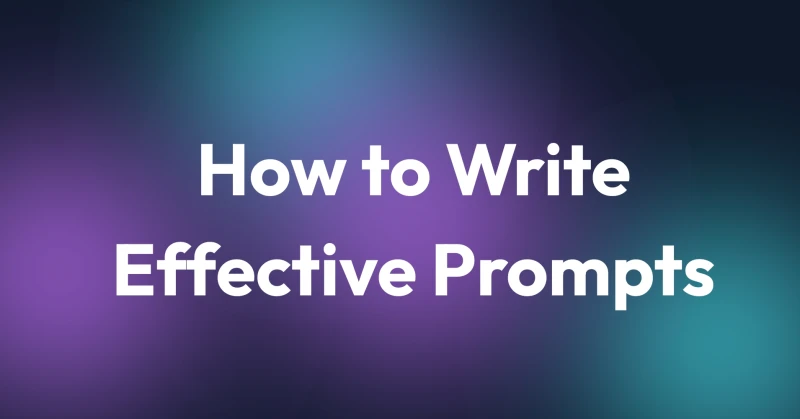Building AI agents used to require specialized teams, long development cycles, and complex infrastructure. Today, OpenAI has introduced two tools that reshape this process entirely: Agent Builder and AgentKit. Together, they form a powerful ecosystem for rapidly designing, testing, and deploying AI agents that behave more like digital operators than chatbots.

Think of it as moving from assembling machines by hand to building them from modular, precision-fit components. Faster, cleaner, and with far fewer surprises along the way.
What Is OpenAI Agent Builder and How Does It Accelerate AI Agent Creation?
Agent Builder is a no-code/low-code tool that enables fast prototyping without writing a single line of code.
Key capabilities include:
configuring agent behavior through an intuitive visual interface,
training agents on your internal documents and knowledge base,
testing agent responses in real time,
deploying quickly as a widget, API, or embedded feature.
This allows teams to validate ideas within hours — not weeks — before committing development resources.
AgentKit: The Developer Toolkit for Production-Ready AI Agents
While Agent Builder is perfect for early experimentation, AgentKit is designed for production-grade solutions.
It enables teams to:
integrate agents with CRM, ERP, CMS, IoT and other systems,
execute actions on behalf of the user,
build workflow automations,
manage security, logic, and data access at scale.
This is where an AI agent stops being a conversational bot and becomes an operational AI agent capable of real work.
Why Agent Builder and AgentKit Change the Way AI Agents Are Built
Faster Prototyping Than Ever
With Agent Builder:
PoC models can be built in a single day,
realistic user scenarios can be tested immediately,
teams can refine behavior rapidly.
This makes AI adoption far more accessible, even for companies without heavy engineering teams.
One Seamless Flow: From Prototype to Production
The real advantage comes from how the tools work together:
Prototype with Agent Builder.
Extend functionality in AgentKit.
Deploy to production.
No rewriting. No rebuilding knowledge. No starting over. Just a continuous development path.
AI Agents That Act — Not Just Answer
Thanks to AgentKit, agents can:
create and modify orders,
manage product data,
generate reports,
send emails,
assist customers,
trigger automated workflows.
These aren’t assistants — they’re autonomous operators enabled by generative AI.
How Agent Builder and AgentKit Impact Business Operations
Faster Processes and Reduced Team Workload
AI agents can take over:
repetitive customer inquiries,
back-office workflows,
data handling and content updates,
reporting and analysis,
product information management.
In e-commerce, SaaS, and technology-driven businesses, this delivers measurable efficiency gains almost immediately.
Scalability Built Into the Architecture
When the volume of tasks grows, the AI agent scales automatically — no hiring, onboarding, or reorganizing required.
Smarter Personalization and Contextual Understanding
Agents trained on company-specific data can:
analyze customer history,
predict needs,
generate tailored recommendations,
surface the right information instantly.
This improves customer experience and conversion rates across digital channels.
How to Get Started: A Roadmap for Teams
1. Choose a simple use case
Great starting points:
FAQ,
internal search,
reporting,
repetitive task automation.
2. Build the prototype in Agent Builder
Upload materials, define behavior, run tests.
3. Extend capabilities with AgentKit
Add integrations, workflows, actions and logic.
4. Deploy and iterate
Agents improve continuously through real interaction.
Conclusion: OpenAI Sets a New Standard for AI Agent Development
Agent Builder and AgentKit offer a complete, unified workflow that lets companies:
prototype faster,
deploy cheaper,
integrate more easily,
automate operations at scale.
Together, they help organizations of any maturity level transition from exploring AI to truly working with AI — not just as a tool, but as a member of the team.





















